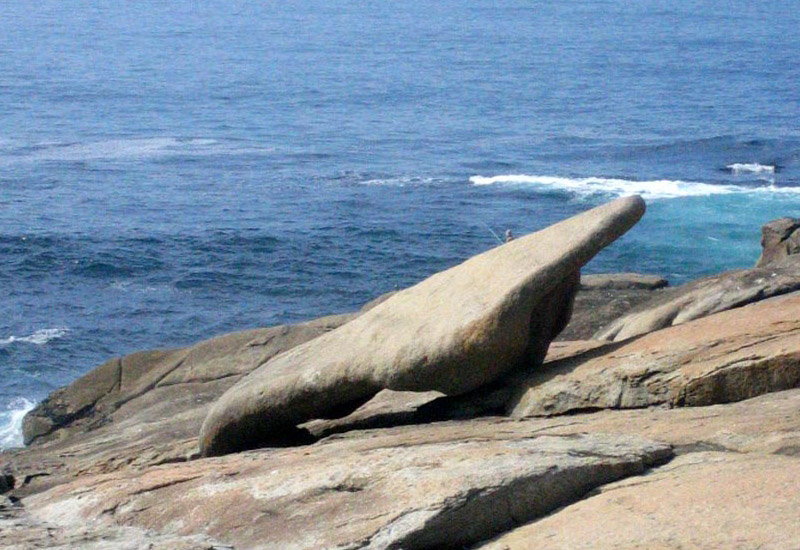In 2019 I hiked part of the Camino de Santiago with my siblings and father. We started in Santiago and went to the coast, Finisterre, then up the coast to Muxia. This was a traditional pilgrimage during the middle ages. For me in addition to a physical and spiritual journey, it was an emotional one. I hoped for the peace and awareness to experience each moment and reconnect with my family.
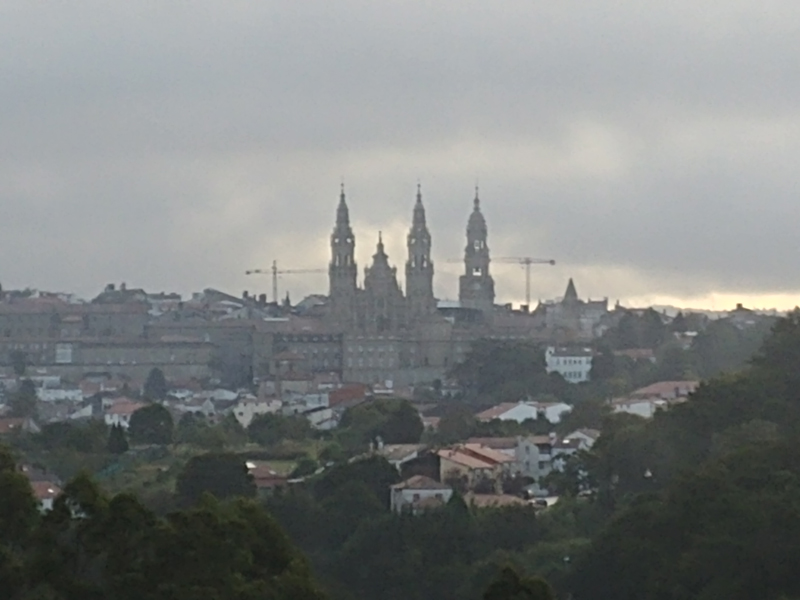
Looking back at the Santiago Cathedral at the beginning of the journey. Traditionally the pilgrimage ended in Santiago, but pilgrims (peregrinos) would often continue on to the coast. Finisterre means “the end of the earth”. It was believed to be the westernmost point of Europe.
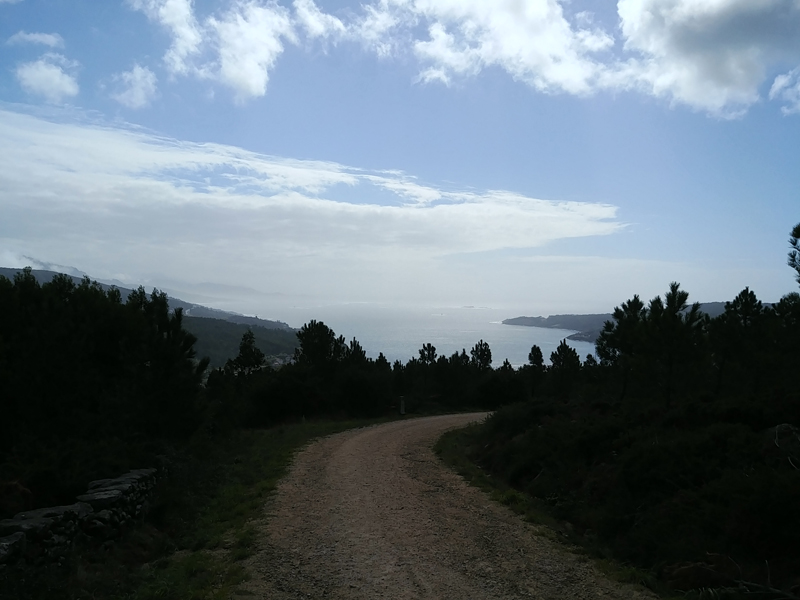
Day 3 of the Camino, path into Cee. My first view of the ocean created an excited anticipation of reaching the destination.
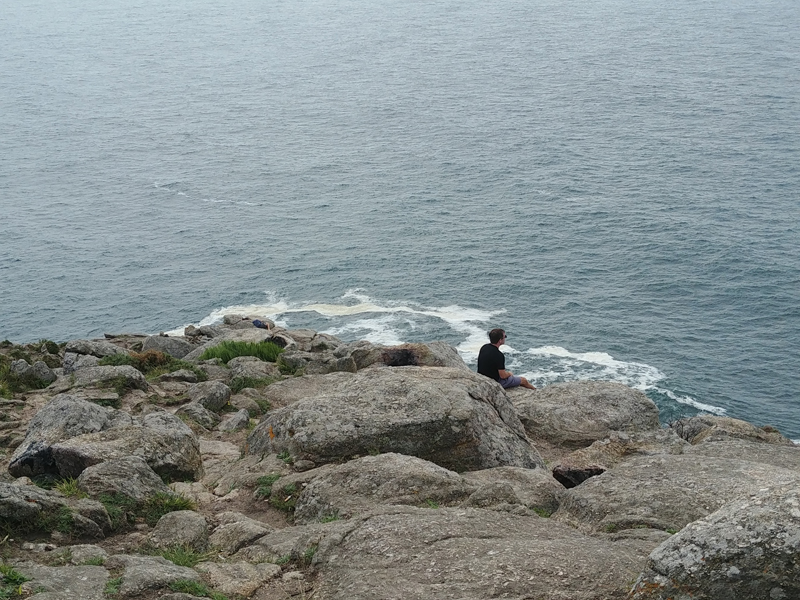
Finisterre, the end of the earth. Traditionally peregrinos would burn something to mark the end of the journey.
I didn’t have any matches, but I mentally burned – despair, self-doubt, insecurity and replaced these with Hope, Faith, Confidence
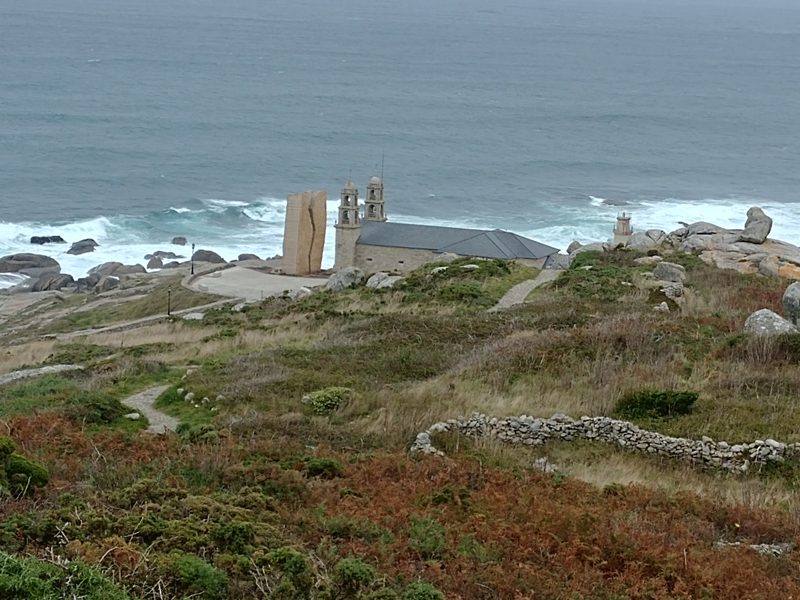
Muxia, up the coast from Finisterre. Looking down at the Sanctuary of Virxe da Barca. This is where legend says the apostle Santiago (James) was discouraged and received the necessary encouragement to persevere. A beautiful and fitting end to our journey.
Here in Muxia there is a rock shaped like a kidney. Waling under it 9 times is said to heal rheumatic and kidney pains.
